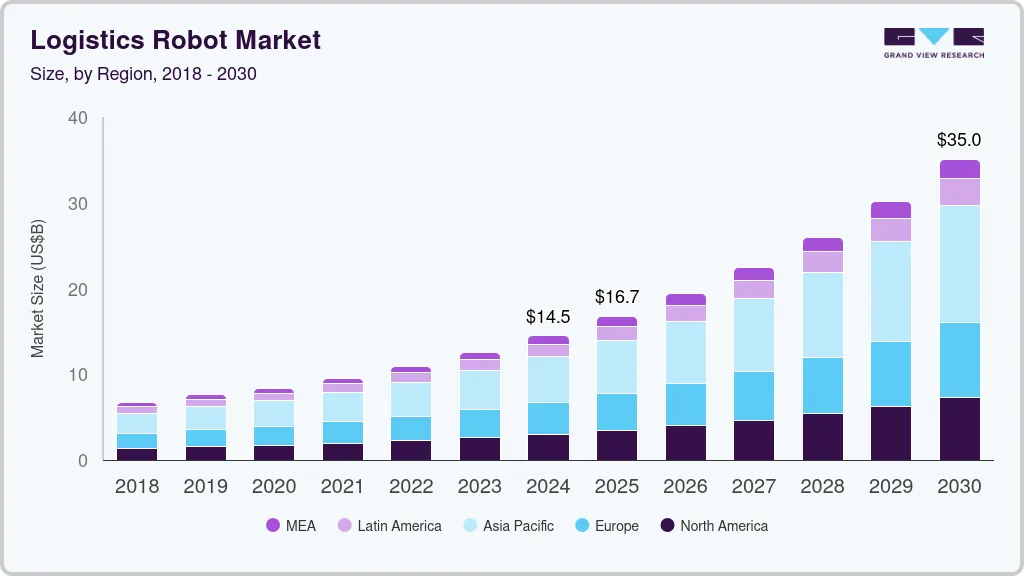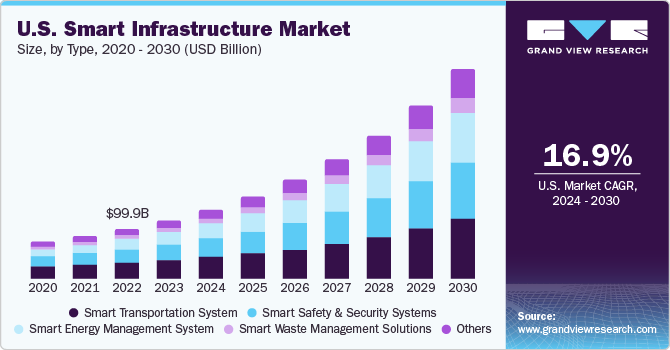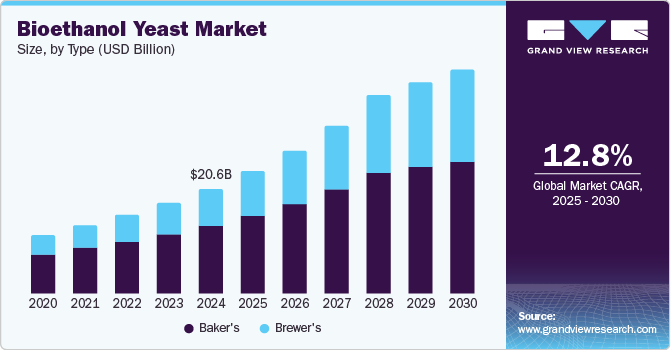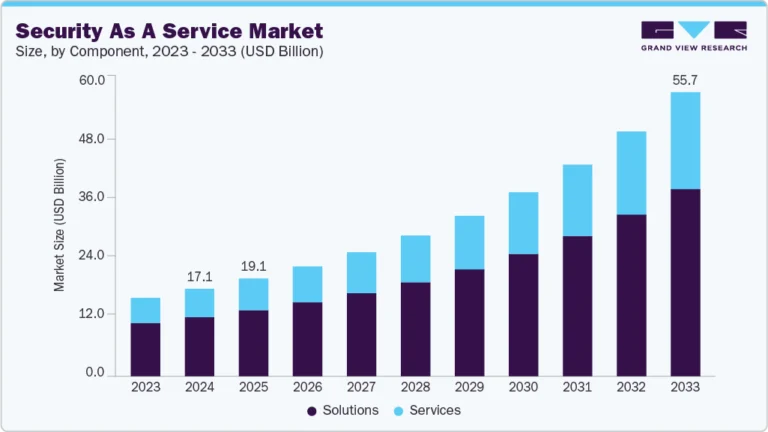Logistics Robot Market Size, Share & Trends Analysis growing at a CAGR of 15.9% from 2025 to 2030

The global logistics robot market size was estimated at USD 14,503.2 million in 2024 and is projected to reach USD 35,046.7 million by 2030, growing at a CAGR of 15.9% from 2025 to 2030. The market is expanding rapidly due to the increasing demand for automation, technological advancements, and industry-specific requirements.
Key Market Trends & Insights
- In terms of region, Asia Pacific was the largest revenue generating market in 2024.
- Country-wise, China is expected to register the highest CAGR from 2025 to 2030.
- In terms of segment, hardware accounted for a revenue of USD 10,369.6 million in 2024.
- Services is the most lucrative component segment registering the fastest growth during the forecast period.
Market Size & Forecast
- 2024 Market Size: USD 14,503.2 Million
- 2030 Projected Market Size: USD 35,046.7 Million
- CAGR (2025-2030): 15.9%
- Asia Pacific: Largest market in 2024
Request a free sample copy or view report summary: https://www.grandviewresearch.com/industry-analysis/logistics-robot-market-report/request/rs1
The push toward efficiency, cost reduction, and scalability in logistics operations is driving the adoption of robotics across warehouses, distribution centers, and fulfillment hubs.
The surge in e-commerce and omnichannel retailing has led to an unprecedented need for efficient and automated warehousing solutions. Companies such as Amazon.com, Inc., Alibaba.com, and Walmart are leveraging autonomous mobile robots (AMRs), automated guided vehicles (AGVs), and robotic picking systems to optimize their warehouse operations. These robots are designed to reduce manual handling, improve order accuracy, and enhance sorting and packaging efficiency. Moreover, with same-day and next-day delivery expectations becoming the industry norm, automation has become a necessity rather than an option. By deploying robotics, companies can achieve faster turnaround times, better space utilization, and a more streamlined supply chain.
Significant advancements in artificial intelligence (AI), machine learning (ML), and computer vision have enhanced the capabilities of logistics robots. AI-powered robots can now navigate complex warehouse layouts, avoid obstacles, and optimize pick-and-place operations without human supervision. Machine learning algorithms enable robots to learn from past tasks, continuously improving their efficiency and adaptability. Computer vision technology, combined with 3D sensors and LiDAR, allows robots to precisely identify, classify, and handle objects of different sizes, shapes, and weights. These innovations make logistics robots more intelligent, autonomous, and cost-effective, encouraging widespread adoption.






